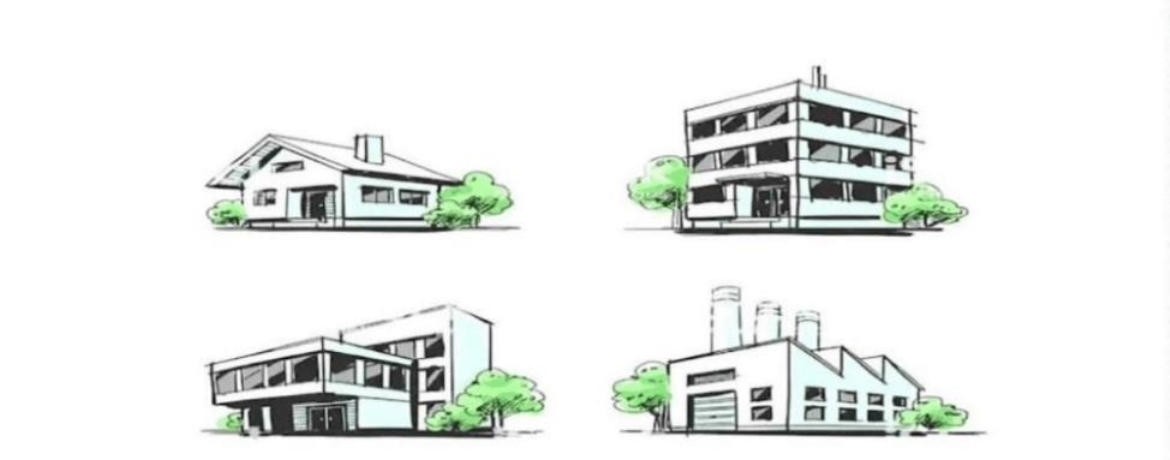Building Uses
- March 14, 2024

The NZ building regulatory environment has many ways to classify buildings and the spaces within buildings. The three most common references to building uses are the intended use, the classified use, and the lawfully established use.
The Intended Use is defined in s7 of the Building Act 2004. Buildings (and spaces within buildings) are often classified based on their primary use or function, i.e. a shop, a house, a factory, etc. The intended use is important as: –
- It is used by the Chief Executive (of MBIE) to benchmark against to legislation.
- It is used by Territorial Authorities (TA’s) as a way to relay information to a building owner in a Project Information Memorandum when granting building consents subject to specified intended life etc.
- The TA may also consider the intended use to benchmark against when assessing existing buildings to determine whether they are insanitary.
- Building owners can relay intent to Building Consent Authorities (BCA’s) in the consenting process. For example, the owner expresses their wishes to construct a specific type of building, a shop, a house, a factory, etc. in the application form. From this lay meaning, the BCA is able to allocate the buildings classified use/s.
The Classified Use is discussed in Section 3 of the Building Regulations 1992 with the uses themselves defined in A1 of the Building Code.
Buildings only have a classified use in the consenting process, typically the period between a building consent application being accepted by a BCA and them issuing a code compliance certificate (CCC).
The purpose of classified uses is to enable the BCA to benchmark the building work against building code clause functional requirements and performance criteria. Some building code requirements are not applied to buildings through the limits on application tied to the buildings classified use.
Once the code compliance certificate has been issued the classified use falls away and the buildings lawfully established use is set.
The Lawfully Established Uses are listed in Schedule 2 of the Building (Specified Systems, Change the Use, and Earthquake-prone Buildings), Regulations 2005. The buildings lawfully established use (or uses where there are multiple), will be defined to the building owner by the BCA in the buildings Code Compliance Certificate (CCC). The lawfully established use can also be listed on a buildings compliance schedule. Where an owner undertakes building work in accordance with a building consent the buildings lawfully established use(s) will remain, but the buildings classified use will be resurrected for the consenting process.
The building continues to have the lawfully established use(s) until such a time that the owner applies to the Territorial Authority to “change the use” of all/ or part of the building.
Footnote:
Exploring the complexities beyond the three building use definitions presents additional hurdles. When aligning plans and specifications with relevant acceptable solutions (C/AS1, C/AS2, and F6/AS1), the consideration of risk groups may introduce further confusion. Should you require clarity on when to account for Uses and Risks Groups, feel free to reach out to us for guidance.